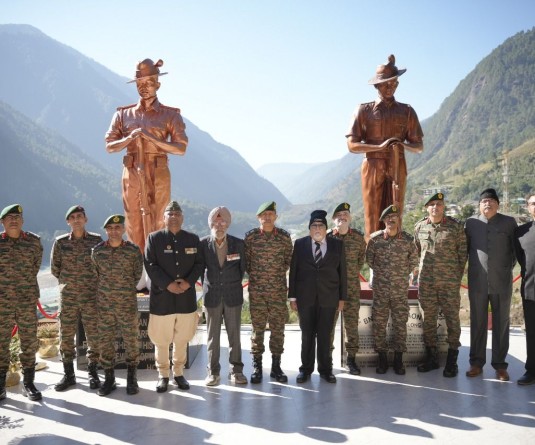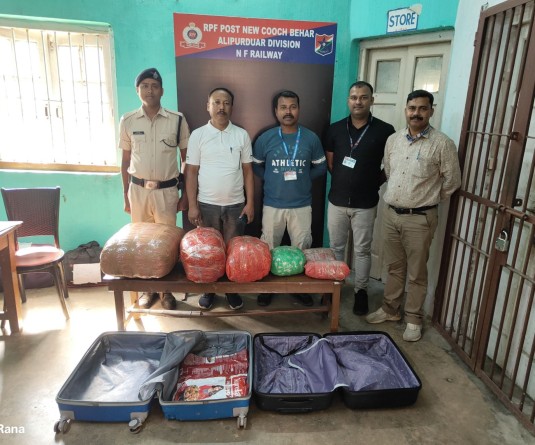.jpg)
MALIGAON, DECEMBER 9 (MExN): In a major step towards preserving the rich heritage of the Darjeeling Himalayan Railway (DHR), the Northeast Frontier Railway (NFR) has successfully restored the century-old steam engine, ‘Baby Sivok.’ The vintage locomotive was unveiled on December 7 during the Ghum Winter Festival and was officially flagged off by Chetan Kumar Shrivastava, the General Manager of NFR.
As a UNESCO World Heritage site, DHR continues to attract global visitors year-round, and the restoration of the ‘Baby Sivok’ adds to the railway’s historical significance. The steam engine is now proudly displayed at Ghum station, offering tourists a tangible connection to the railway’s legacy, a press release issued by CPRO, NFR stated on Monday.
The ‘Baby Sivok’ steam engine, originally built over a century ago by Orenstein & Koppel in Germany, began its journey as a contractor’s locomotive. It played a pivotal role in the construction of the Teesta Valley and Kishanganj branches of the DHR. Its name was derived from the Sivok station on the Teesta Valley line. After decades of service, the engine was retired in the 1970s and later exhibited in Siliguri in the late 1990s. For years, it was displayed outdoors at Ghum station but fell into disrepair.
Recognizing the historical importance of the engine, NFR transported it to the Tindharia Workshop for a meticulous restoration. The in-house team of NFR engineers and workers have painstakingly restored the steam engine, reviving its original charm while ensuring its longevity.
The restoration of the ‘Baby Sivok’ is a significant milestone in DHR’s heritage conservation efforts. It not only preserves an important artifact of the past but also highlights the engineering feats that made the Darjeeling Himalayan Railway an enduring symbol of ingenuity. The locomotive’s presence at Ghum enhances the visitor experience, providing a unique opportunity to appreciate the railway’s distinctive heritage, the press release stated.





